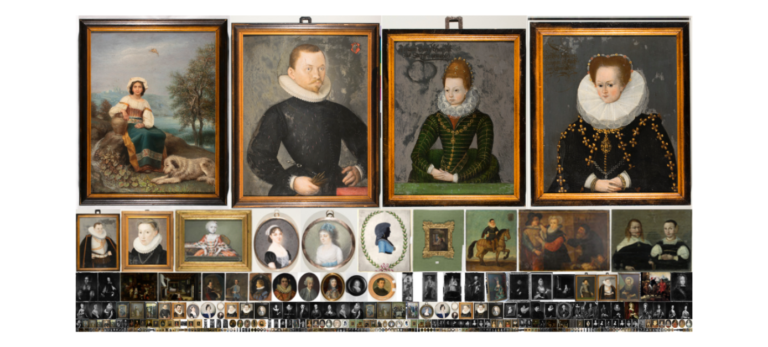
Das vom Bundesministerium für Bildung und Forschung (BMBF) geförderte und am UCLAB der FH Potsdam angesiedelte Projekt Restaging Fashion (11.2020
Short description of the project
The Trier dictionary network offers access to more than 40 dictionaries and reference works, which can either be called up individually or queried together using a comprehensive search. At the same time, the dictionaries are interlinked at keyword level so that iterative navigation within the dictionary network is possible.
The resources brought together in the dictionary network are fed from two types of data sources. On the one hand, these are dictionaries that have been created through the retro-digitisation projects carried out at the TCDH (including the German Dictionary by Jacob Grimm and Wilhelm Grimm). On the other hand, dictionaries created at other locations are integrated in such a way that their keyword lists can be queried via the dictionary network database and are directly linked to the external publications.
Project content
Digital reference works, like their printed counterparts, are related to each other in many ways and are thus implicitly "networked" to a certain extent; however, due to the differences in the layout, arrangement and structure of the individual works, a comprehensive, integrated search is not readily possible in the digital medium either. Reference works, however, which are divided into standardised and thus comparable information units by means of content-structural markup and enriched by metadata, make the implicit networks explicit. This enables a new quality of information retrieval to be achieved and closes the gap between the cumbersome usability and limited availability of book versions on the one hand and the lack of systematisation and arbitrariness of information in conventional Internet search engines on the other.
The dictionary network links both the TCDH's own resources and dictionaries published by other institutions. It also offers the possibility of being accessed from external electronic documents. Each user can query the persistent address of the relevant article and integrate it into their own electronic text, for example to link the reference to a dictionary article directly to the resource on the TCDH server. In addition to this interactive individual linking, the complete keyword lists and hit lists for searches carried out are also made available with the associated addresses in order to realise comprehensive networking between an external dictionary installation and the resources in the dictionary network. There are already links from the German Legal Dictionary, the Dictionary of the German Winegrowers' Language into the dictionary network and also from Wikipedia.
Bayerische Akademie der Wissenschaften; Berlin-Brandenburgische Akademie der Wissenschaften Berlin; Akademie der Wissenschaften zu Göttingen, Heidelberger Akademie der Wissenschaften; Akademie der Wissenschaften und der Literatur, Mainz; Universität Trier – Universitätsbibliothek Trier; Université du Luxembourg; Sächsische Akademie der Wissenschaften zu Leipzig; Schweizerischen Akademie der Geistes- und Sozialwissenschaften (SAGW); Universität Salzburg, Österreich; Johannes Gutenberg-Universität Mainz; Technische Universität Darmstadt; Landesgeschichtliches Informationssystem Hessen (lagis); Kommission für Mundart- und Namenforschung Westfalens; Verlag Kohlhammer, Stuttgart; Verlag Zweitausendeins, Leipzig; TextGrid; S. Hirzel Verlag, Stuttgart; Zeno.org – Meine Bibliothek
Dr. Thomas Burch (TCDH)
burch@uni-trier.de
Prof. Dr. Claudine Moulin (TCDH)
moulin@uni-trier.de
Find out more at
www.woerterbuchnetz.de
Add your DH research project to the project showcase by submitting a short project description via the web form. Enter project data, a brief description, a graphic or visualization as well as a detailed description of the project content with technical assignment, addressees, added value, project managers, funding information and duration.

Das vom Bundesministerium für Bildung und Forschung (BMBF) geförderte und am UCLAB der FH Potsdam angesiedelte Projekt Restaging Fashion (11.2020
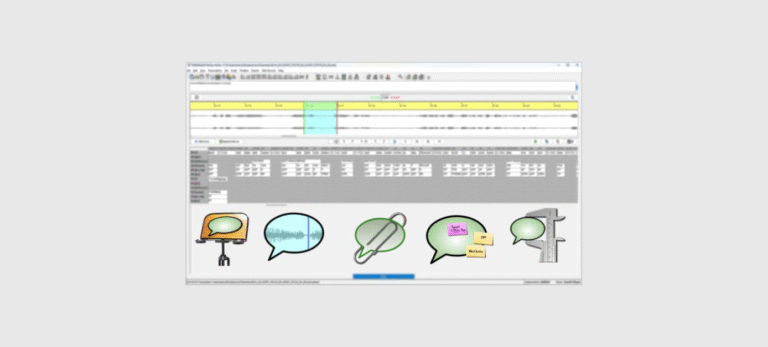
EXMARaLDA wurde ursprünglich (2000-2011) am SFB Mehrsprachigkeit der Universität Hamburg entwickelt. Die Entwicklung von FOLKER und OrthoNormal wurde über das
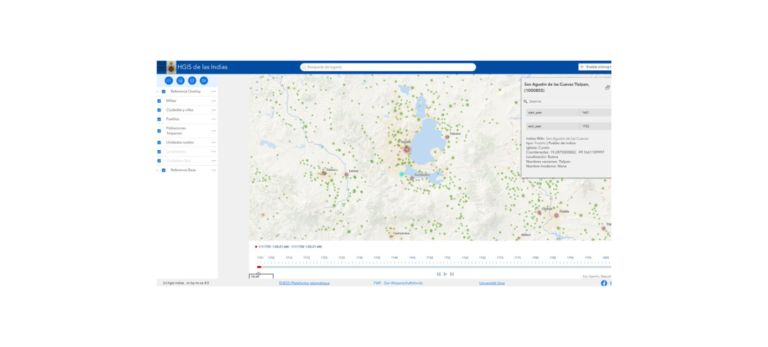
HGIS de las Indias ist eine historisch-geographische Datenbank zum Spanisch-Amerika der ausgehenden Kolonialzeit.
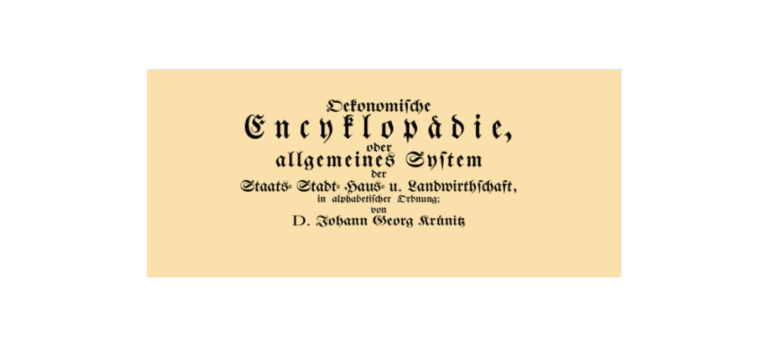
Digital edition of the economic-technological encyclopaedia by J. G. Krünitz, published in 242 volumes from 1773 to 1858.

HGIS de las Indias ist eine historisch-geographische Datenbank zum Spanisch-Amerika der ausgehenden Kolonialzeit.
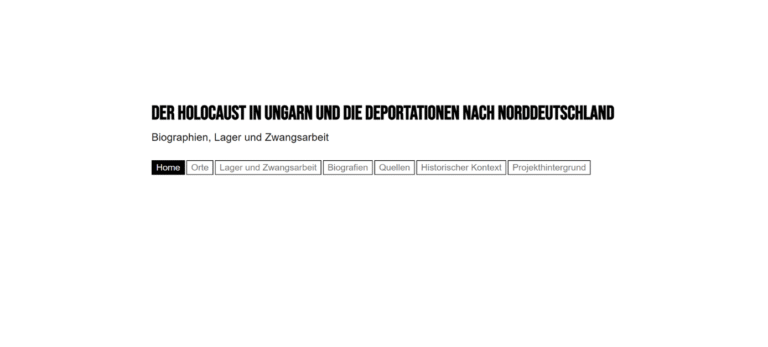
Die Website „Der Holocaust in Ungarn und die Deportationen nach Norddeutschland“ präsentiert Ergebnisse aus dem transnationalen Projekt „Digitale Gedenk- und

The DTA is an archive for German-language historical text collections at the Berlin-Brandenburg Academy of Sciences and Humanities. It comprises annotated full-text transcriptions of prints, newspapers, journals and handwritten documents of various genres and text types. The DTABf is an established basic format for the transcriptions.
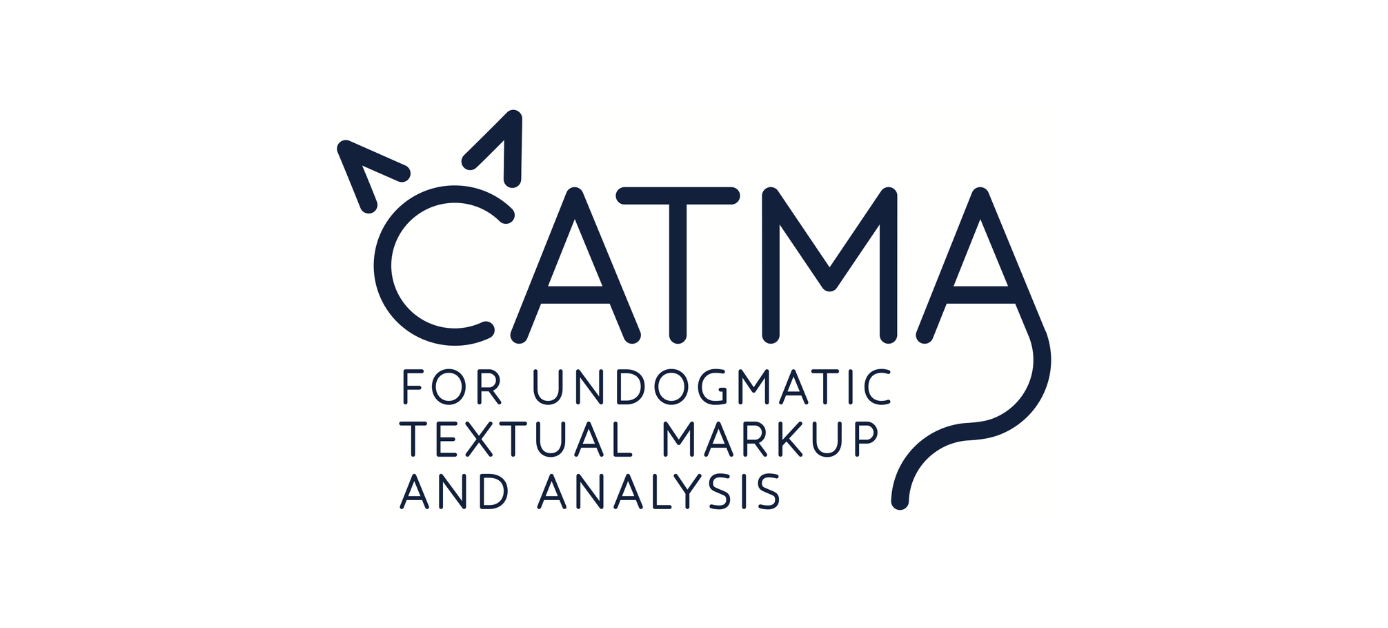
Annotate, analyze, interpret and visualize: In CATMA, text researchers can work in the way that best suits them: qualitatively or quantitatively, bottom-up and exploratory or descriptive and taxonomy-based, individually or in a team. The web-based open source tool is free of charge and also offers the possibility of exporting your own data, for example to process it further with other tools.
Wir verwenden Cookies und ähnliche Funktionen zur Verarbeitung von Daten. Die Zustimmung ist freiwillig und kann jederzeit widerrufen werden.